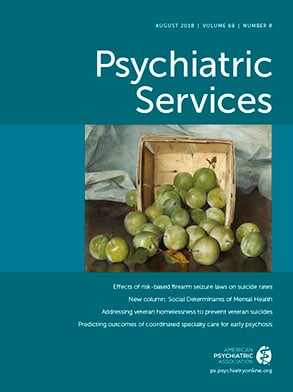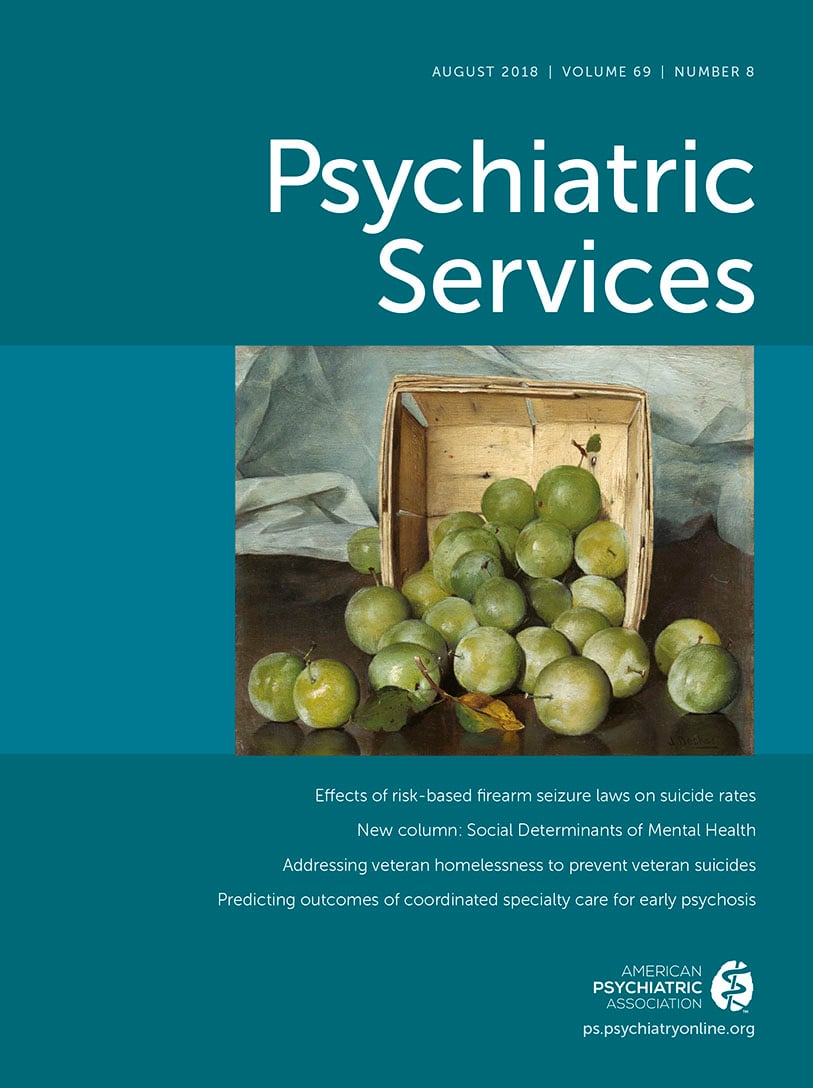Mental Illness and Gun Violence: Disrupting the Narrative
The Evidence
The Narrative
High-profile mass shootings where serious mental illness played a documented role.
Difficulty conveying correlation versus causation in the relationship between mental illness and violence.
The blurry distinction between mental illness and mental wellness.
Interest groups’ desire to divert attention away from guns.
Disrupting the Narrative
References
Information & Authors
Information
Published In

Cover: Green Plums, by Joseph Decker, circa 1885. Oil on canvas. Collection of Mr. And Mrs. Paul Mellon, National Gallery of Art, Washington, D.C.
History
Keywords
Authors
Competing Interests
Metrics & Citations
Metrics
Citations
Export Citations
If you have the appropriate software installed, you can download article citation data to the citation manager of your choice. Simply select your manager software from the list below and click Download.
For more information or tips please see 'Downloading to a citation manager' in the Help menu.
View Options
View options
PDF/EPUB
View PDF/EPUBLogin options
Already a subscriber? Access your subscription through your login credentials or your institution for full access to this article.
Personal login Institutional Login Open Athens loginNot a subscriber?
PsychiatryOnline subscription options offer access to the DSM-5-TR® library, books, journals, CME, and patient resources. This all-in-one virtual library provides psychiatrists and mental health professionals with key resources for diagnosis, treatment, research, and professional development.
Need more help? PsychiatryOnline Customer Service may be reached by emailing [email protected] or by calling 800-368-5777 (in the U.S.) or 703-907-7322 (outside the U.S.).
